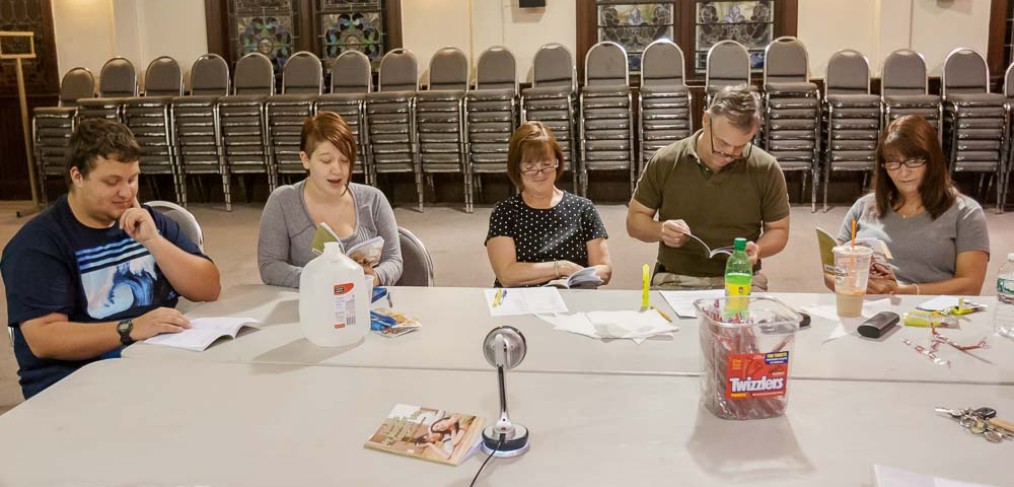
Exploring Creativity In Other Media
You may recall in a previous posting of mine how I had discussed my involvement in local community theater. I did this for several reasons, one of which was to once again leave my comfort zone and explore how another medium approaches creativity to produce its finished product.
As I write this, we have one more weekend of performances. So far, all has been going well. As Prop Master and stage crew for the show, a first for me, I have learned a lot about the mechanics of producing this artistic event.
There are three cross-over ingredients, keys to creativity, that also apply to producing a final image in photography: staging, actors, lighting.
As in photography, the stage in theater is crucial to the overall success of the production. Simplicity is a key factor. The stage with its props must not diminish or overshadow the action and the roles that take place on it. Rather, it should compliment and provide the appropriate container to propel the timeline of the interaction between the characters.
The actors become the characters propelling the storyline. Their interactions and conflicts amongst each other is what compels the viewer to witness and indeed become virtual participants in the final resolution of conflicts. Without these conflicts, the viewer has little reason to remain to see the final scene.
The lighting used throughout the performance, as in the photographic image, must not detract from the action on the stage. Its purpose rather is to spotlight and enhance the staging for the actors to complete their conflict resolution. Lighting creates dimensionality not only for the stage props but also for the actors themselves.
This is no different for photography. The final image must present an unencumbered stage, as minimalist as possible, so as not to detract from the action which takes place upon it. For example, a cluttered landscape image may detract and confuse the viewer if the purpose of the image were to showcase a mountain scene.
The actor or actors in the image must present a meaningful storyline where a conflict is presented in order to draw in its viewer. Conflict resolution, or a hint thereof, must also be present to sustain viewer interest and participation. Finally, the lighting used throughout the image should not be overdone or too weak as to detract from the sense of dimensionality it must create on the stage in order to add just the right amount of highlight for the character action and conflict to resolve. For example, if the lighting in a mountain scene is flat, the contours and hidden shapes that may have been created by cliffs and peaks may not be evident. The viewer then may miss an opportunity to experience these cliffs and peaks in their true splendor.



